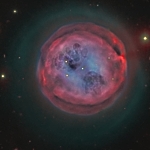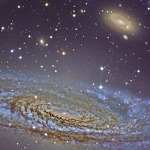Image Gallery
This is a collection of outstanding astronomical images entirely processed with PixInsight. This includes all stages of image processing in astrophotography: analysis, calibration, registration, integration (stacking) and post-processing with the most advanced and accurate tools and techniques available in PixInsight.
This is much more than a collection of images, however. Each image is accompanied with text and figures describing the astronomical objects and their nature, their physical properties and mutual interactions. These contents have been authored by professional astronomers, whose contributions provide us with a wealth of science outreach material.

Comet C/2022 E3 (ZTF)
On January 12, 2023, comet C/2022 E3 (ZTF) reached its closest approach to the Sun, and later on February 1, its closest approach to Earth. Since the beginning of January, PixInsight Team members Vicent Peris and Alicia Lozano have been photographing the comet to show us its behavior in the form of a timelapse.

The Andromeda Galaxy in H-alpha Light
The main idea behind this picture is to isolate the pure H-alpha emission line by removing the continuum emission coming from the stars in the galaxy. In this way we can unveil the delicate geometry of hydrogen clouds forming a spiral structure right to the galaxy core.

Comet NEOWISE
NEOWISE is a comet that will remain in the memory of all of us, a fleeting event in the impassive stillness of the starry sky. We present here a combined image acquired with a wide field photographic lens and a 20-inch telescope.
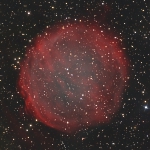
PuWe 1 — A Big and Faint Planetary Nebula
PuWe 1 is one of the most difficult to image planetary nebulae. This hexa-band picture is the result of 112 hours of exposure time through H-α, O-III, Johnson BVR and Sloan z' filters.
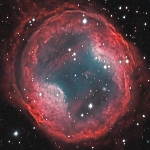
PK164+31.1 — The Best-Ever Image of a Poorly Known Nebula
This image is, probably, the best one ever obtained of PK164+31.1, a poorly known planetary nebula 1600 light-years away in the Lynx constellation.
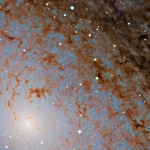
Our Neighbor Andromeda
The Andromeda galaxy illustrates the typical phenomena that occur in a normal spiral galaxy, perhaps presenting a similar scenario as if we were to look at our own Galaxy from far away...
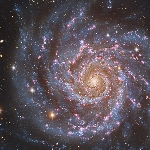
Face-On Spiral Galaxy Messier 74
We present a very deep optical image of galaxy Messier 74, in Pisces. This impressive photograph reflects all the characteristic traits of great design spiral galaxies.
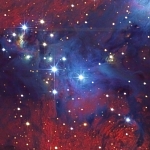
The NGC 6914 Nebula Complex
In the deep space there are not only stars, but galaxies like ours contain nebulae: diffuse matter made up of gas and dust. These nebulae display a variety of shapes and colors that reflect the diversity of processes that take place when nearby star light gets tangled among them.
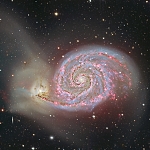
A New Look into the Whirlpool
Every relevant collection of astronomical photographs has to include this object at least once, if not more times, and every new look to this magnificent object reveals different aspects of this grand-design spiral galaxy.
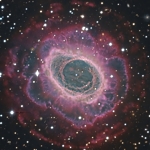
The Ring Nebula
The diversity of colors, shapes, and sizes of planetary nebulae make them fascinating objects. In this photo release Calar Alto presents a rather unique view combining both optical and near-infrared data of Messier 57, the Ring Nebula.
